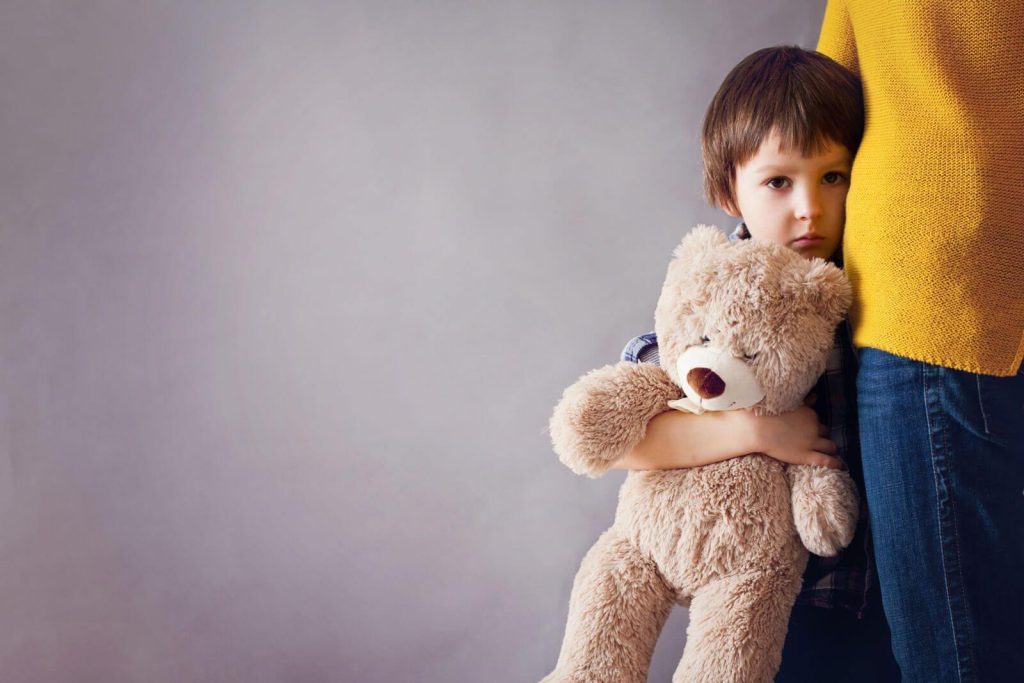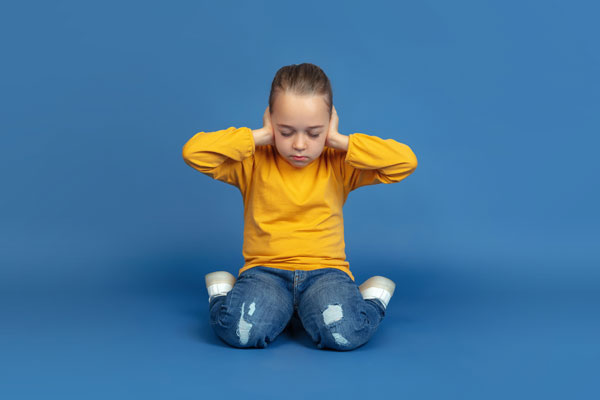Autism, formally known as Autism Spectrum Disorder (ASD), is a neurodevelopmental condition that affects how a person communicates, interacts socially, and experiences the world. It’s called a spectrum because it presents differently in each person—ranging from highly verbal individuals to those who are nonverbal, from people who live independently to those who need significant daily support.

Key Characteristics of Autism:
- Social communication challenges: Difficulty with eye contact, understanding social cues, or maintaining conversations.
- Repetitive behaviors: Repeating words or movements, following rigid routines, or having specific interests.
- Sensory sensitivities: Over- or under-sensitivity to sound, light, textures, or smells.
- Special interests: Intense focus on specific topics, which can be a strength or passion area.
Causes :
The exact causes of autism are not fully understood, but research suggests that a combination of genetic and environmental factors plays a role. Studies show that autism tends to run in families, indicating a strong genetic component. Certain genes may affect how the brain develops or how brain cells communicate. However, no single gene causes autism on its own; instead, it’s likely caused by a combination of genetic variations. Environmental influences—such as complications during pregnancy or birth, parental age, or exposure to certain chemicals or infections—may also increase the risk, especially when combined with genetic susceptibility. Importantly, vaccines do not cause autism, a claim that has been thoroughly disproven by scientific research.
Genetic factors
Differences in brain development
Environmental influences (less clearly understood)

Solutions and Supports for Autism:
There is no cure for autism, but there are many effective supports and interventions that can help autistic individuals thrive, improve their quality of life, and achieve their goals. The focus is not on “fixing” autism but on supporting development, communication, independence, and well-being.
- Early Intervention:
- The earlier autism is identified, the better the outcomes.
- Programs help develop communication, social, and learning skills in young children.
- Therapies:
- Speech therapy – improves communication skills.
- Occupational therapy – helps with daily living and motor skills.
- Behavioral therapy (like ABA) – teaches skills and reduces challenging behaviors.
- Social skills training – helps build relationships and understand social cues.
- Educational Support:
- Individualized Education Programs (IEPs) in schools.
- Special education services or classroom accommodations.
- Teaching tailored to the child’s strengths and needs.
- Family and Caregiver Support:
- Training and support for families to understand autism and advocate effectively.
- Counseling or support groups to reduce stress and isolation.
- Medical and Mental Health Care:
- Managing co-occurring conditions like anxiety, ADHD, or sleep issues.
- In some cases, medications may help with specific symptoms (not autism itself).
- Assistive Technology:
- Tools like communication devices or apps can help nonverbal individuals express themselves.
- Community Inclusion and Acceptance:
- Promoting neurodiversity and creating autism-friendly environments.
- Educating the public to reduce stigma and increase understanding.
- Self-Advocacy and Autistic Voices:
- Empowering autistic people to speak for themselves.
- Recognizing that autistic individuals are the experts on their own experiences.
